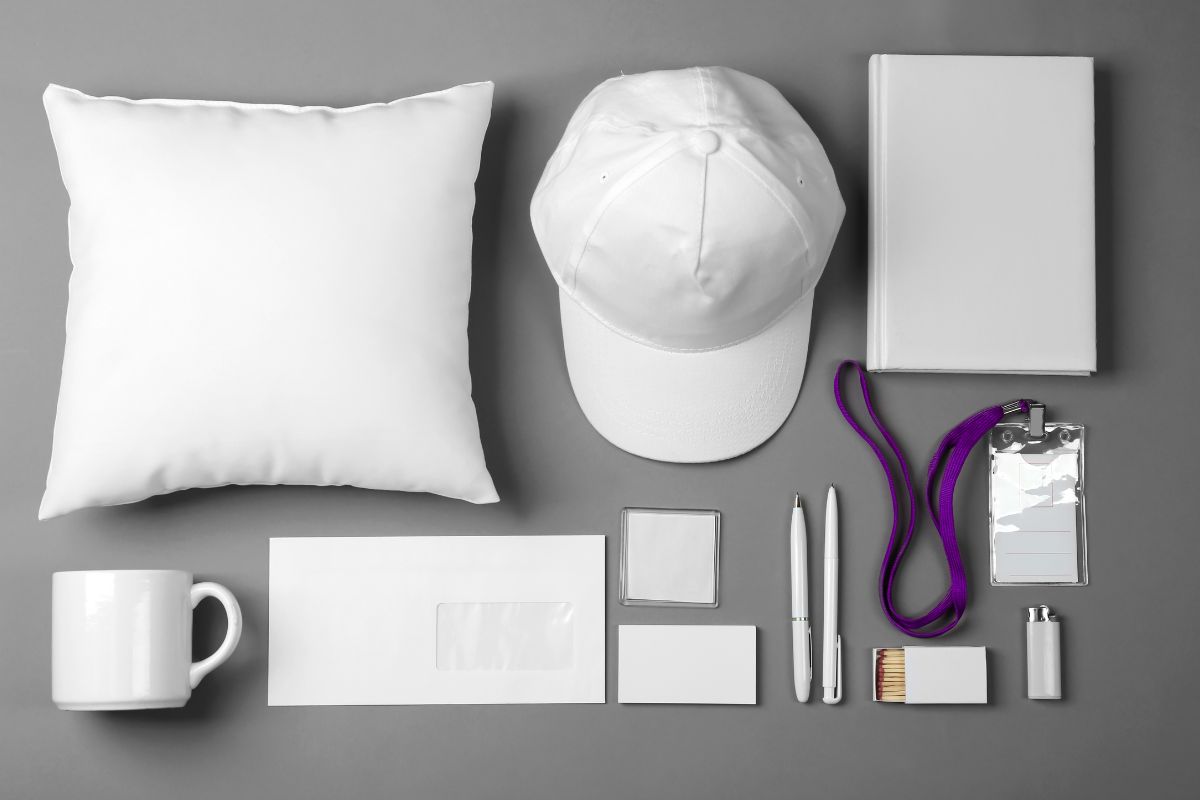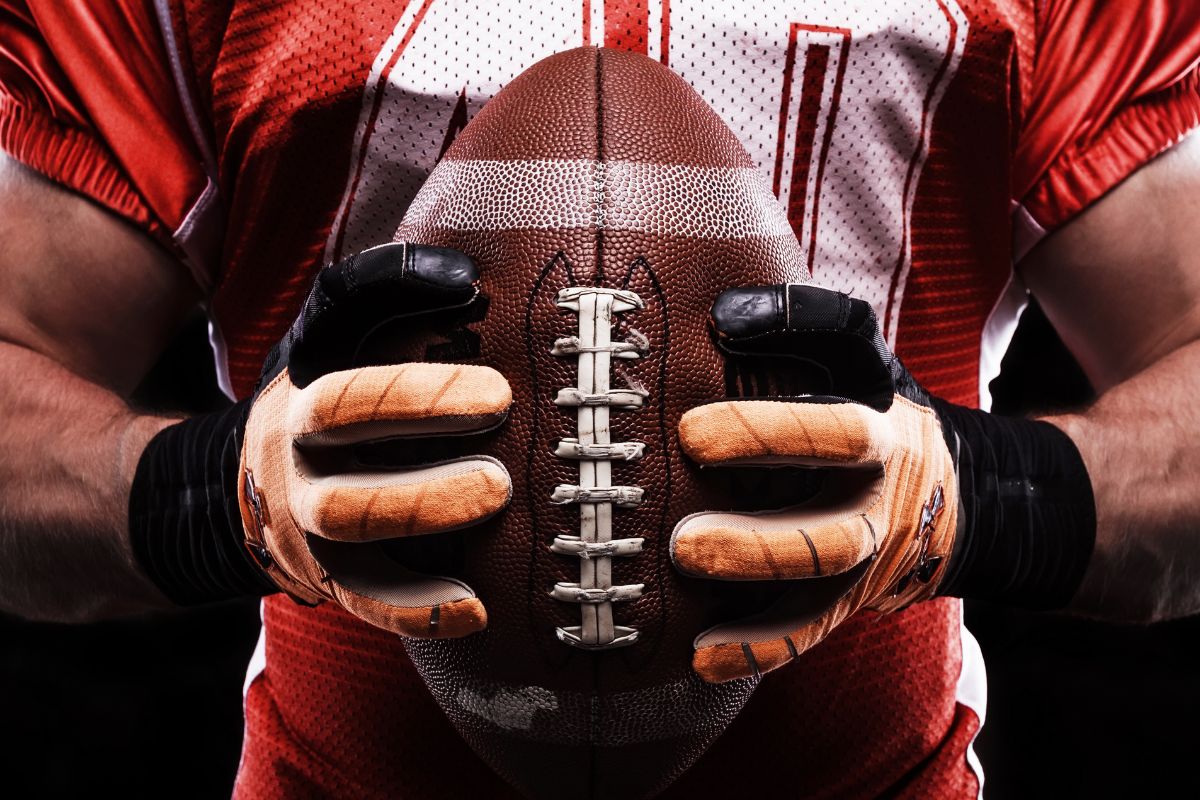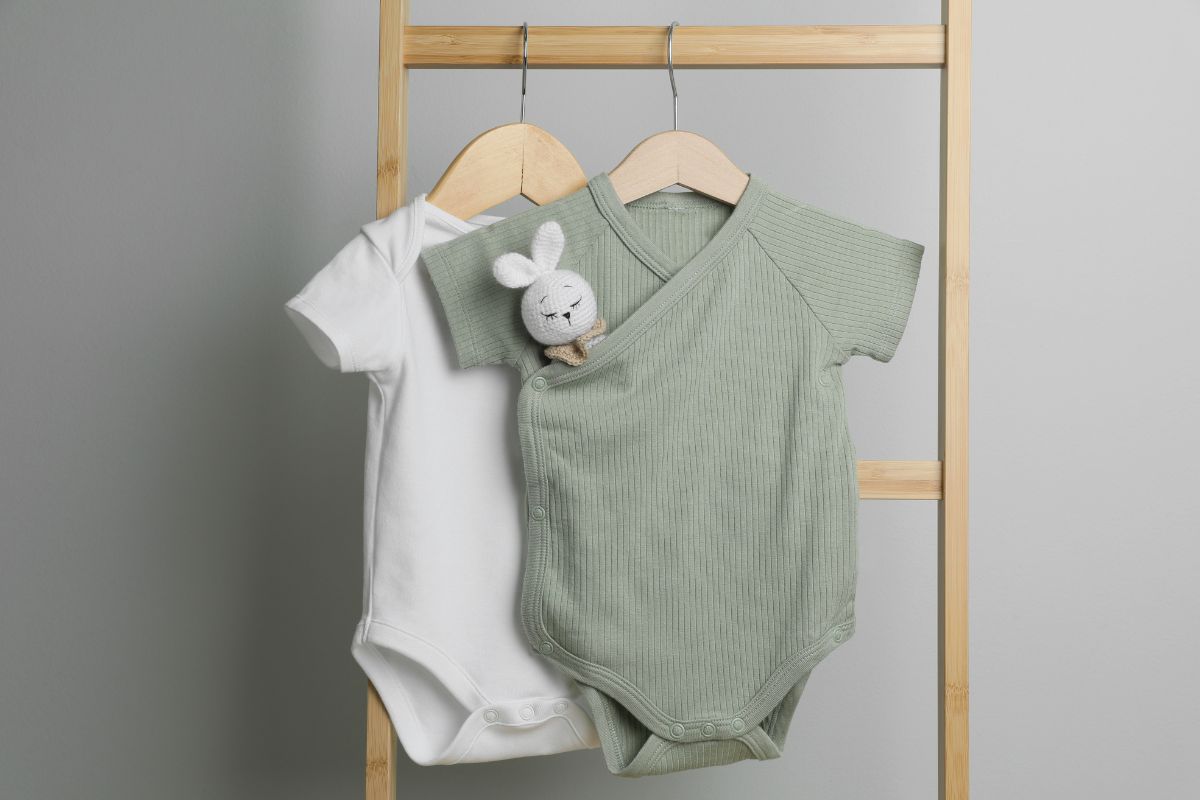Promotional marketing materials are a vital component in enhancing your brand awareness and engaging your target audience. They encompass an array of items—from personalized pens and drinkware to custom apparel and technology products—designed with your company’s logo or message. These materials serve as tangible reminders of your brand, keeping it in the minds of current and potential customers. By aligning these items with your marketing strategy, you can create meaningful touchpoints that reinforce your brand identity and foster customer loyalty.
Choosing the right promotional products requires insight into your target audience’s preferences and interests. With no minimum order quantity and a variety of express shipping options available, you can customize and scale your promotional product campaigns to suit any business need. Whether you are attending trade shows, staffing a conference booth, or looking for everyday giveaway items, promotional materials can be an effective tool to draw attention and leave a lasting impression.
Your marketing efforts can get a significant boost by incorporating custom promotional products into your overall strategy. Utilize these materials to make your brand stand out among competitors while offering useful items to your audience. Custom logo apparel, branded technology, and personalized stationery are just a few examples that can serve as conversation starters or appreciation gifts, ultimately contributing to building a strong, memorable brand presence.
Understanding Promotional Marketing Materials
Promotional marketing materials are essential tools to elevate your brand recognition and engage your audience in a tangible way.
The Role of Promotional Products
Promotional products are physical items that are customized with your brand’s logo and are designed to keep your business top-of-mind for your consumers. They are powerful because they offer a unique opportunity for potential customers to interact with your brand on a daily basis. From the simple pen to a stylish hoodie, each promotional item serves as a mini-billboard, spreading awareness of your brand wherever these products are used or worn.
Types of Promotional Materials
- Apparel: Items like T-shirts, hoodies, and hats that often become part of your customers’ everyday wardrobe.
- Drinkware: Mugs, water bottles, and travel cups are popular for their utility and frequent usage.
- Tech Products: Gadgets such as power banks and USB drives that cater to the modern consumer’s digital needs.
- Office Items: Notepads, pens, and calendars that can be staple items on any desk.
Each type of promotional material caters to certain use-cases and environments. Your choice of swag can reflect the persona of your brand, whether that be professional, fun, or innovative.
Selecting the Right Promotional Items
When choosing promotional items, you should consider:
- Relevance: Select items that are relevant to your target audience and to your brand.
- Quality: Choose high-quality items that will last, ensuring your brand is associated with reliability.
- Visibility: Opt for items that will be seen frequently, maximising brand exposure.
- Design: A well-thought-out design that is both attractive and functional will ensure the items are used and appreciated.
Selecting the right promotional product is about finding a balance between what is unique to your brand and what is practical for your audience. The goal is to give something of value that will also encourage ongoing engagement with your brand.
Designing Effective Marketing Materials

When creating marketing materials, it’s essential to tailor them to your brand while ensuring the design is both appealing and effective in communicating your message.
Customizing Your Marketing Materials
Customization is key to making your marketing materials resonate with your target audience. Begin by selecting templates that align with the nature of your business and the message you want to convey. Adjusting color schemes to fit your brand’s palette, and incorporating fonts that reflect your brand’s tone can have a significant impact on brand recognition. Use creative designs to differentiate your materials, making them distinctive and memorable for your customers. When employing customization:
- Ensure that your logo is prominently displayed.
- Use a consistent color scheme that matches your branding.
Importance of Design and Branding
Your brand is ultimately defined by how it presents itself in every piece of promotional content it produces. Good design is therefore non-negotiable. It should be clean, focused, and reflective of your brand’s ethos. Brand recognition grows when customers become familiar with the visuals associated with your company. To achieve this:
- Integrate your brand’s logo and color scheme cohesively across all materials.
- Select fonts and imagery that are easy to read and understand, yet capture the essence of your brand.
Remember, every design choice you make should serve the purpose of strengthening your brand’s identity in the market, ensuring it stands out in the eyes of your consumers.
Promotion Through Apparel and Accessories
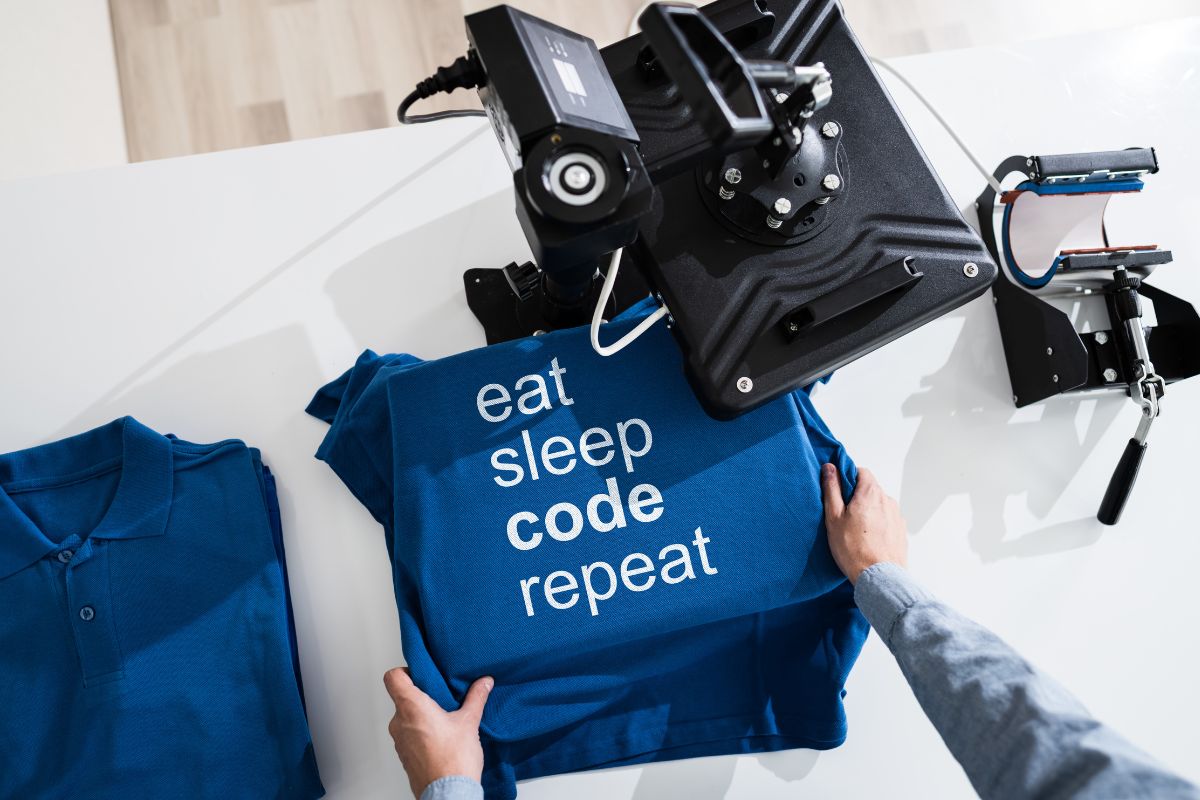
Promotional apparel and accessories effectively put your brand at the forefront, serving as walking advertisements that increase brand recognition both in professional settings and casual encounters.
T-Shirts and Corporate Apparel
T-Shirts:
- Ideal for casual promotions or company events.
- Customization options include screen printing or embroidery with your logo and branding.
Corporate Apparel:
- Polos, dress shirts, blazers: Dress your staff or gift to clients for a unified corporate identity.
- Select fabrics that represent your brand’s quality, and ensure your logo is prominently featured.
Promotional Accessories
Promotional Drinkware:
- Commonly includes mugs, water bottles, and tumblers.
- These items are frequently used, offering regular brand exposure.
Hoodies and Socks:
- Hoodies: With ample space for branding, they’re perfect for cooler weather promotions.
- Socks: An unusual but increasingly popular item, giving a unique twist to your promotional strategy.
By incorporating your brand into quality apparel and useful accessories, you create tangible connections with your audience.
Everyday Promotional Items
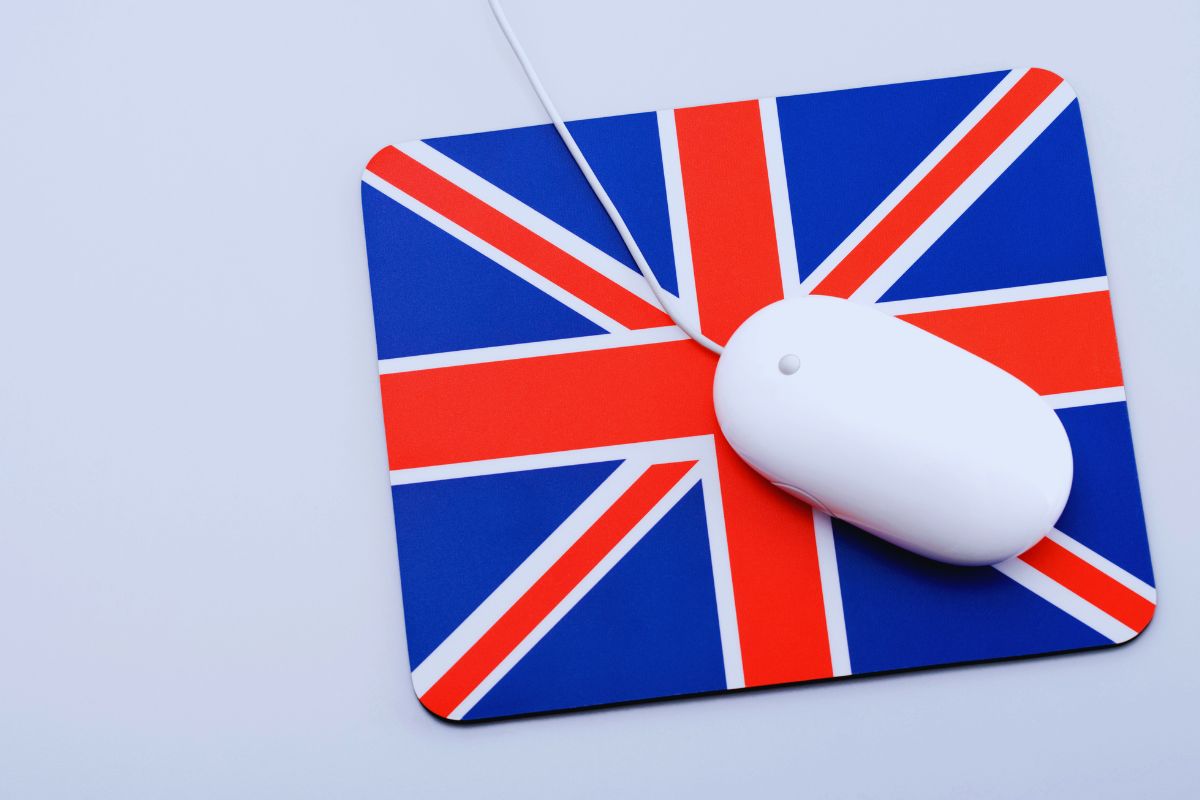
Everyday promotional items are essential tools in fostering brand visibility and recall. These items are used frequently, keeping your brand in front of customers regularly.
Office and Technology
In the realm of office and technology, promotional products can range from classic to modern. Consider items like custom pens and notebooks; they’re not just utility items but also serve as subtle reminders of your brand. These products, often used in meetings and workshops, ensure that your business name and logo travel far.
- Custom Office Supplies
- Pens: often seen as writing staples, perfect for mass distribution.
- Notebooks: ideal for professional settings, available in various sizes and designs.
- Mouse Pads: a desktop essential, useful for branding with a large imprint area.
- Technology
- USB Sticks: a functional tech accessory widely used in various professions.
- Branded Tech Gadgets: such as screen cleaners, phone stands, and webcam covers to stay relevant in the digital age.
Drinkware and Meals
Under drinkware and meals, items like mugs, tumblers, and water bottles serve dual purposes: utility and promotion. Consider custom water bottles for enhanced brand customization; they’re a popular choice for making a lasting impression.
- Promotional Drinkware
- Mugs: a morning staple for tea or coffee, providing daily brand exposure.
- Tumblers and Water Bottles: encourage hydration and are perfect for on-the-go visibility.
- Custom Water Bottles: offer a unique touch with your logo, useful for sporting events and outdoor activities.
When deploying everyday promotional items, you ensure constant interaction with your brand. Whether at the desk or on the move, these products keep your message active and your presence undeniable.
Printing and Customization Techniques
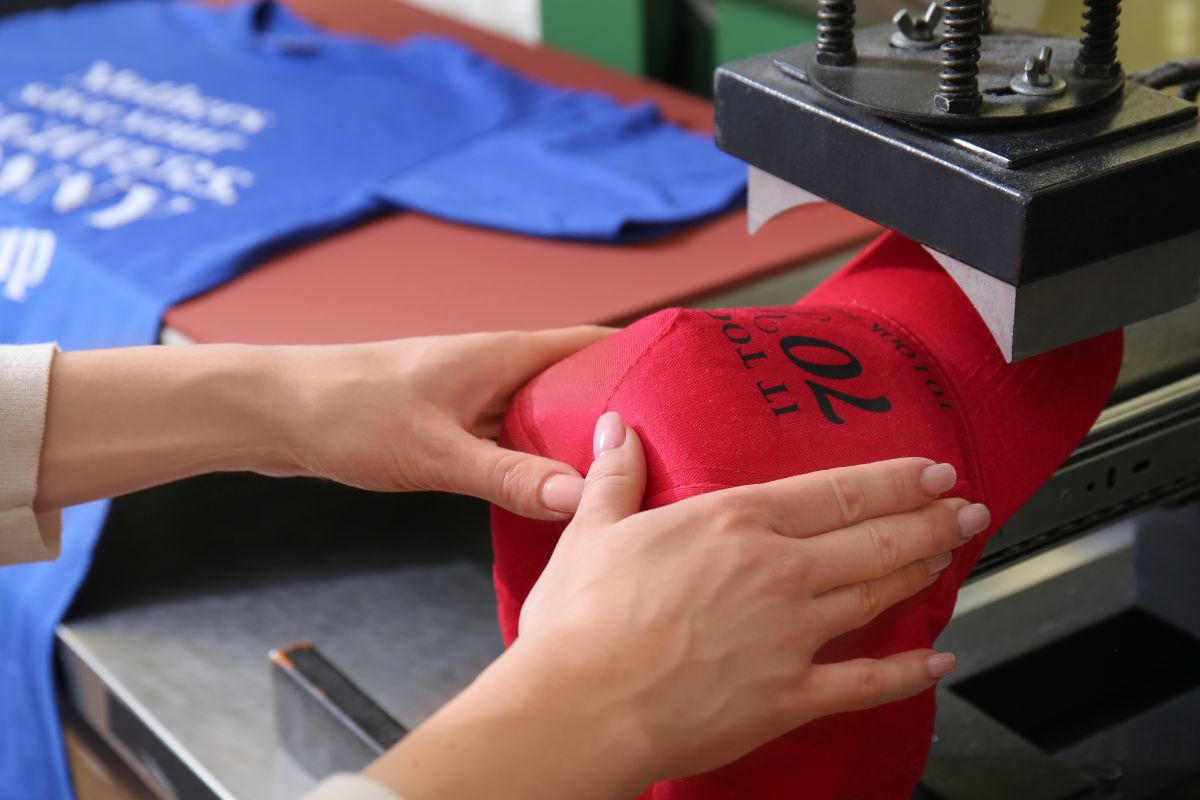
The success of your promotional materials hinges on the printing and customization techniques you choose. These methods not only ensure your brand’s message is visually impactful but also reflect the quality and professionalism of your business.
Screen Printing and Embroidery
Screen printing is a staple in promotional material production, suitable for large quantities due to its cost-effectiveness at scale. Here’s what you need to consider:
- Durability: Screen printing deposits thick inks onto the surface, resulting in vibrant, long-lasting designs.
- Material Compatibility: Works best on cotton and polyester, making it ideal for T-shirts and tote bags.
- Color Accuracy: Provides excellent color match, especially with Pantone Matching System (PMS) inks.
Embroidery, on the other hand, adds texture and a premium feel to your promotional products:
- Dimensional Look: Thread-based designs elevate your brand’s perceived value.
- Longevity: Embroidery ensures that your branding withstands wear and tear, maintaining a professional appearance over time.
Digital Print Methods
Digital printing methods shine when customized or small-batch production is required. They allow for intricate designs and a quick turnaround:
- Direct to Garment (DTG): Allows for detailed printing directly on textiles, making it perfect for custom orders or designs with multiple colors without the need for setup costs.
- Inkjet and Laser Printing: Used for promotional items like mugs and pens, and can transfer high-resolution images onto various substrates.
Understanding these printing and customization techniques empowers you to decide which method aligns best with your marketing goals while maintaining your brand’s integrity.
Promotional Products for Events and Trade Shows
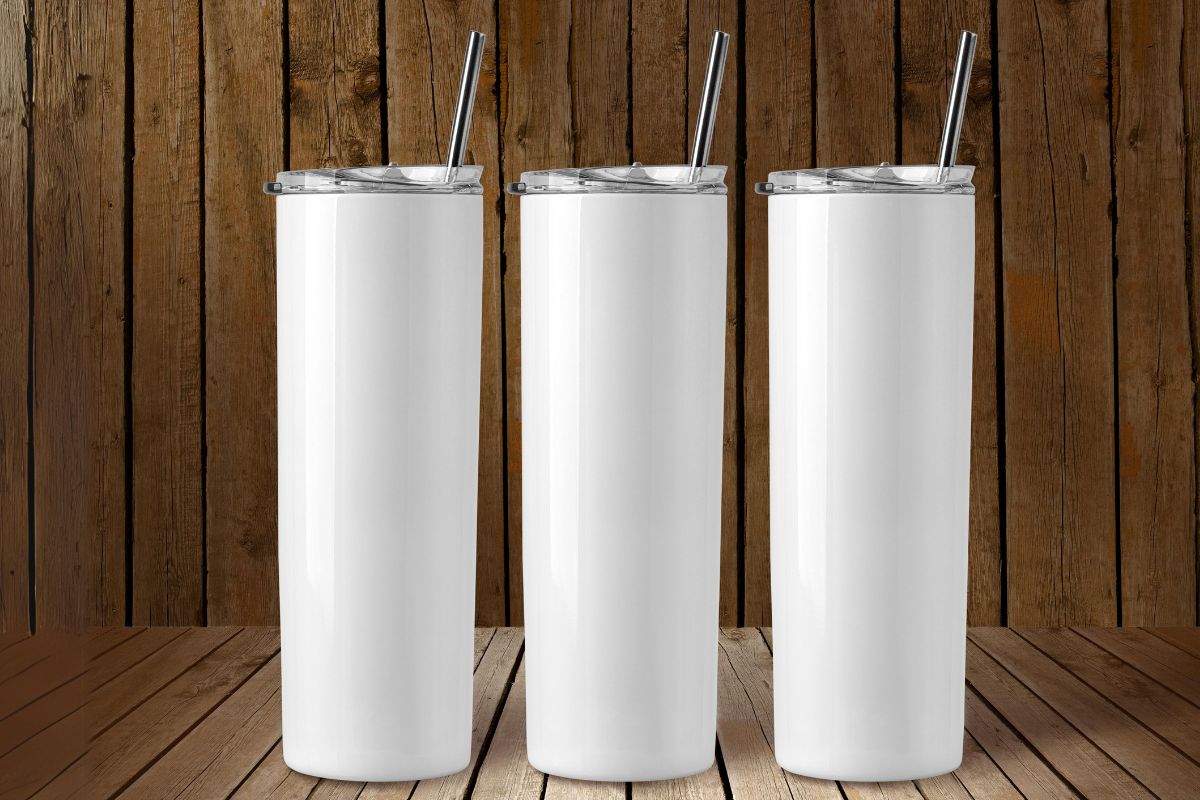
When planning for events and trade shows, carefully selecting promotional products can greatly enhance your brand’s visibility and create memorable interactions with your target audience.
Choosing Items for Trade Shows
At trade shows, the items you choose to represent your brand should resonate with your attendees and serve a practical purpose. Opt for products that are not only functional but also durable, ensuring they are used long after the event, keeping your brand in the hands of potential clients. Popular items include:
- Premium bags: High-quality bags with your logo offer repeat exposure as attendees use them beyond the event.
- Drinkware: Custom-branded mugs or water bottles are useful and can be a daily reminder of your brand.
- Tech gadgets: USB drives or power banks with your brand’s details cater to a tech-savvy audience.
Here’s a list of criteria to guide your selection:
| Criteria | Reason |
| Relevance | Aligns with brand and event theme |
| Usefulness | Ensures item retention and use |
| Quality | Reflects positively on your brand |
| Creativity | Stands out from the competition |
Giveaways and Contests
Giveaways and contests are powerful tools to engage your audience during trade shows. These strategies can generate buzz around your booth, offering an interactive experience. Ensure any giveaways are:
- Metrics driven: Use giveaways as a way to collect valuable data such as contact information.
- Branded effectively: Your company’s logo should be visible, turning every item into a marketing opportunity.
Here are a few ideas for effective giveaways and contests:
- Raffles: Offer a high-value item as a prize for collecting business cards.
- Games: Host interactive games where every participant wins a branded item.
- Social media contests: Encourage attendees to share their experience with your brand on social media for a chance to win prizes.
Remember, your giveaway items should be desirable enough to encourage participation, yet cost-effective to ensure a high return on investment.
Sustainable and Eco-Friendly Options

When choosing promotional materials, you have the power to impact the environment positively. Your brand can showcase its commitment to the planet by selecting products that are sustainable and eco-friendly.
Eco-Friendly Products
Recycled or Reusable Items: You can opt for promotional items that are created from recycled materials. This includes:
- Water Bottles: Pick bottles that consumers can reuse, thereby reducing plastic waste.
- Shopping Bags: Select custom bags made from materials like cotton, jute, or other biodegradable fibers.
Materials: Search for items made from sustainable resources, such as bamboo or wheat straw, which are both renewable and have a reduced environmental footprint.
Sustainability in Material and Process
Material Sourcing: Choose materials that are sourced sustainably, ensuring that the production process minimizes harm to the environment. For instance:
- Jute and Bamboo: These materials are often grown without requiring large amounts of water or pesticides.
- Recycled Materials: Using pre-existing materials reduces the demand for new raw resources.
Manufacturing Practices: Partner with manufacturers whose processes aim to reduce environmental impact. This can be through:
- Energy Efficiency: Companies that use renewable energy sources.
- Waste Reduction: Processes that minimize waste throughout production.
Maximizing ROI with Promotional Materials
To achieve the utmost value from promotional materials, it’s crucial to handle expenditures wisely and to measure their impact accurately.
Budgeting for Marketing Materials
Your budget is the financial framework that determines what you can achieve with your marketing materials. Allocate your budget with the following in mind:
- Prioritize high-impact items: Invest in promotional items that are not only cost-effective but also have the potential to increase brand loyalty.
- Economies of scale: Ordering in bulk often reduces costs, but balance quantity with the risk of having excess inventory.
Here’s an example of how to allocate your budget:
| Percentage of Budget | Material Type | Goal |
| 50% | Core items | Build brand recognition |
| 30% | Trending items | Engage current trends |
| 20% | Premium products | Foster brand loyalty |
Tracking the Effectiveness
Understanding the return on your investment hinges on effective tracking. Here’s how you can track the effectiveness of promotional materials:
- Define Metrics: Determine which metrics will accurately reflect the success of your promotional items, such as conversion rate or social media engagement.
- Cost Tracking: Keep a detailed record of the cost associated with each promotional item, including purchase, distribution, and associated marketing expenses.
- Use Unique Identifiers: When possible, use tracking codes or QR codes on your giveaway items to directly measure engagement and conversion rates.
- Analyze and Adjust: Regularly analyze the data and adjust your strategy to focus on the marketing materials yielding the highest ROI.
Logistics and Delivery of Promotional Items

Efficient logistics and delivery systems are crucial to ensure that your custom promotional products are administered effectively and reach your customers promptly.
Managing Inventory
Inventory Management is a key piece in the puzzle of promotional product logistics. You need to ensure that your stock of promotional items is organized and tracked from the moment it arrives at the warehouse. Leveraging technology like integrated inventory management systems can make this task more efficient, which means you’re well-prepared to meet customer demand without overstocking or running out of items.
- Know your Stock: Regular stock checks and real-time inventory updates.
- Forecasting: Anticipate demand to keep popular items readily available.
- Storage Solutions: Optimize storage to maintain product quality.
Delivery and Fulfillment
Fulfillment Services transport your promotional products from the warehouse to your customers’ hands. You want a partner that guarantees delivery in a timely and accurate manner, which is critical for maintaining customer satisfaction and loyalty.
- Packaging: Safe and branded packaging that protects the product during transit.
- Shipping Options: Multiple shipping solutions to meet various customer needs.
- Tracking: Offer the ability to track shipments to ensure customers are informed about the whereabouts of their orders until they’re delivered.
Leveraging Promotional Materials in Digital Marketing

Promotional materials serve as a powerful extension of your digital marketing strategy, providing tangible or digital reminders of your brand. They complement online campaigns and enhance social media presences, leading to increased visibility and engagement for your marketing efforts.
Integrating with Online Campaigns
To effectively integrate promotional materials in your digital marketing, start by aligning them with the goals of your online campaigns. Create digital assets that reflect your current promotions, such as branded e-books, shareable infographics, or interactive webinars. Utilize email marketing to distribute discount codes or exclusive virtual goods that add value to your customer’s online experience. Combine this with remarketing techniques to keep your audience engaged after initial contact.
- Develop customized landing pages for your promotional products where visitors can learn more and directly engage with your campaign.
- Track the performance using analytics tools to assess the impact of your promotional materials on web traffic and conversion rates.
Social Media and Promotional Materials
Leverage social media platforms to showcase your promotional products. Use high-quality images and videos to draw attention to your items and encourage sharing. Create hashtag campaigns that invite your audience to post with your promotional items, increasing user-generated content and reach.
- Run contests or giveaways on your social media channels where promotional products are the prizes, sparking interest and participation.
- Collaborate with influencers to feature your promotional materials, tapping into their followers and enhancing brand credibility.
When employing promotional materials in your digital marketing strategy, focus on creating a consistent message across all platforms to reinforce your brand identity. This approach ensures that every aspect of your marketing campaign is working together to maximize your brand’s impact in the digital space.
Frequently Asked Questions
In navigating the landscape of promotional marketing materials, your questions merit precise and practical answers. This section aims to clarify common inquiries, ensuring your promotional strategies are both effective and cost-efficient.
How can small businesses select the most effective promotional items?
When you’re running a small business, consider items that are not only cost-effective but also align with your brand values and resonate with your target audience. Functionality and relevance to your industry can greatly enhance recall value.
What are the most popular types of promotional materials for brand marketing?
Popular promotional materials include items such as pens, tote bags, t-shirts, and USB drives. These items are frequently chosen for their broad appeal and utility, ensuring regular exposure of your brand to consumers.
How do cost considerations impact the choice of promotional items with logos?
Your budget will significantly dictate the choice of items. Items bought in bulk, like pens and keychains, can be cost-effective, whereas custom apparel may require a higher investment. Always weigh the potential ROI against the cost of the products.
What strategies are most successful for distributing promotional materials?
Effective distribution strategies include giving out items at trade shows, including them with customer purchases, or offering them as rewards for loyalty. The key is to ensure the items reach those who are most likely to appreciate and use them.
In what ways do promotional items contribute to advertising effectiveness?
Promotional items act as ongoing advertisements. Every time the item is used, your brand is displayed, increasing brand recognition and loyalty. They can also create a sense of goodwill, as recipients often view them as gifts rather than marketing tools.
What factors should be considered when buying promotional materials wholesale?
When purchasing promotional materials in wholesale, consider the quality, cost, storage and shelf life of the items. Ensure the supplier’s reliability and the flexibility of the order size. The impact of the items on your brand’s reputation should also be taken into account.

